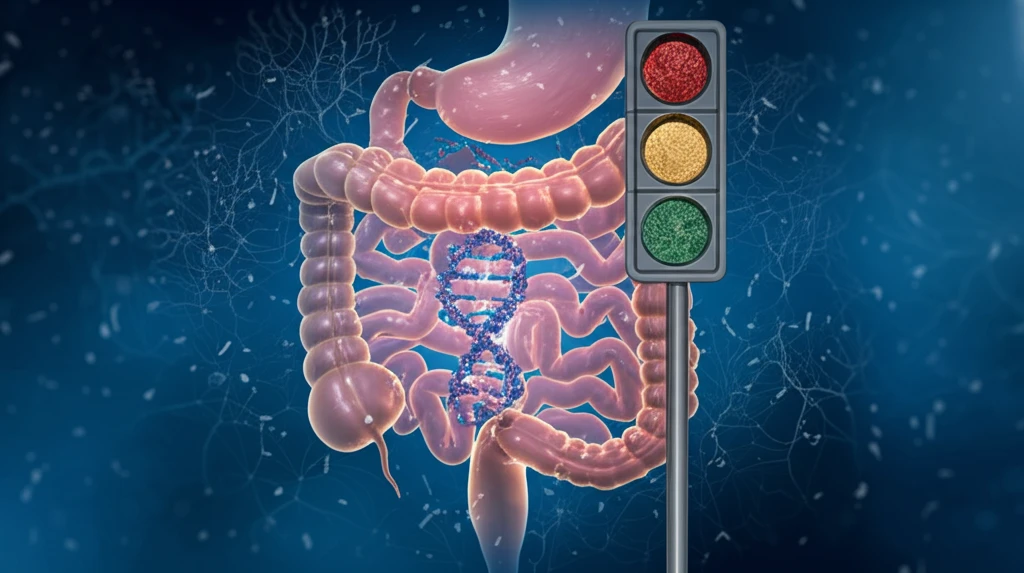
Gut Check: How a Tiny RNA Molecule Could Be the Key to Beating E. coli
"Scientists uncover how Spot42, a small regulatory RNA, helps control the virulence of enteropathogenic Escherichia coli (EPEC), offering new insights into fighting this intestinal foe."
Enteropathogenic Escherichia coli (EPEC) is a nasty bacterium. It's a major cause of diarrhea, especially in infants, and it works by latching onto intestinal cells and causing damage. This damage, known as attaching and effacing (A/E) lesions, leads to that miserable bout of diarrhea no one wants.
For years, scientists have been trying to understand how EPEC does its dirty work. Most research has focused on the proteins that control EPEC's virulence. But now, a new player has emerged: small regulatory RNAs (sRNAs). These tiny molecules, unlike proteins, don't code for anything directly, but they act as critical regulators within the bacterial cell.
The spotlight is now on Spot42, a sRNA that seems to have a major impact on EPEC's ability to cause infection. Researchers are discovering that Spot42 can shut down key processes that EPEC needs to establish itself in the gut. This discovery is not only fascinating from a scientific point of view, but it also offers potential for new ways to prevent and treat EPEC infections.
Decoding Spot42: The Molecular Switch

So, how does this tiny RNA molecule wield such power? Spot42's primary target is the tnaCAB mRNA. Think of mRNA as a blueprint for making proteins. The tnaCAB mRNA holds the instructions for producing enzymes that allow EPEC to import and break down tryptophan, an amino acid. When tryptophan is broken down, it produces indole, a molecule that, in turn, kicks off the whole infection process.
- Binds to tnaCAB mRNA: Spot42 physically attaches to the blueprint for tryptophan-processing enzymes.
- Blocks Indole Production: By preventing the production of these enzymes, Spot42 halts the creation of indole.
- Keeps LEE Silent: Indole is needed to activate the locus of enterocyte effacement (LEE), the genes that allow EPEC to cause intestinal damage. Without indole, LEE remains inactive.
- Delays Lesion Formation: By silencing LEE, Spot42 delays the formation of those nasty A/E lesions that cause diarrhea.
What This Means for the Future
The discovery of Spot42's role in EPEC infection is more than just an interesting scientific finding. It opens up new possibilities for fighting this common and potentially dangerous bacterium. By understanding how Spot42 works, researchers can start to develop strategies to enhance its activity, potentially preventing EPEC from establishing an infection in the first place. This could lead to novel treatments that are more targeted and effective than traditional antibiotics, which often have unwanted side effects.
